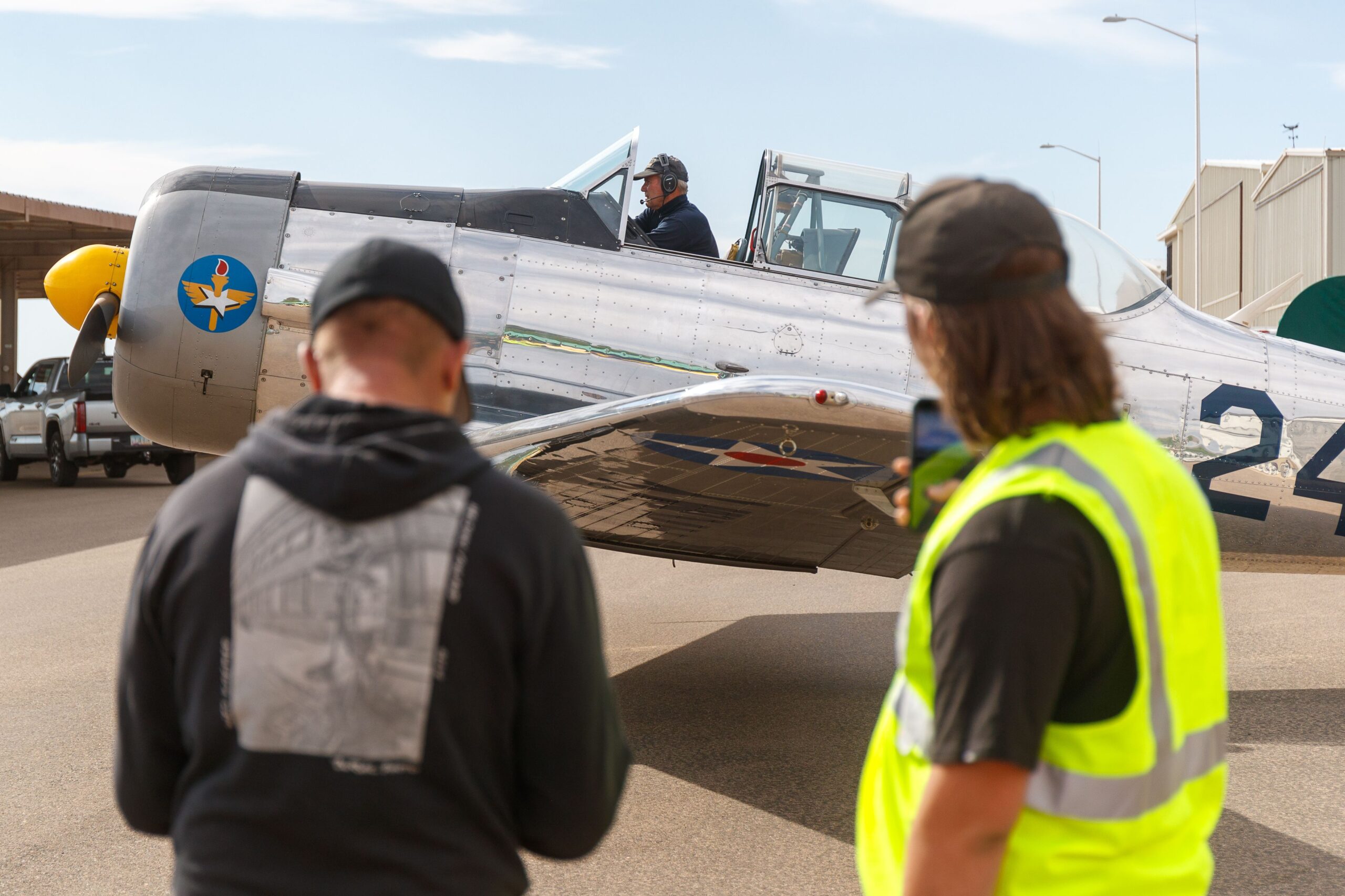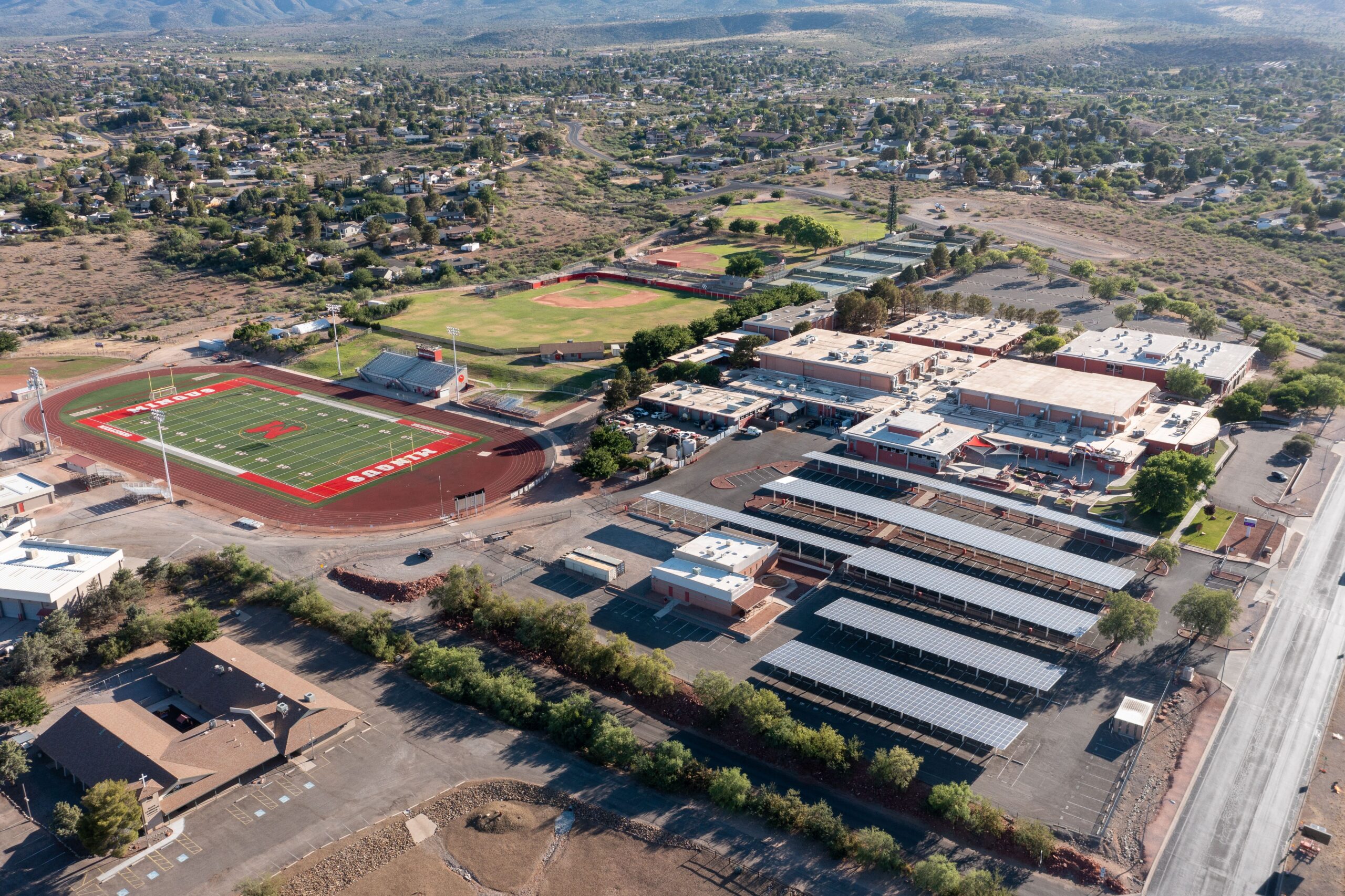The Arizona Department of Forestry and Fire Management held a joint conference with Gov. Katie Hobbs in Phoenix on March 18, ahead of the Southwest Wildfire Awareness Week, which runs from Tuesday, March 26, through Monday, April 1.
“In Arizona our wildfire season typically runs from April through early July,” Hobbs said. “It is an unfortunate reality of this time of year. But the good news is that awareness can help us prepare and take precautions to ensure that we avoid making the situation worse. Nine times out of 10 wildfires are caused by people, so it’s critical we are all doing our part to prevent them.”
Fuel loads across the region have increased because of slightly above-average precipitation during the winter.
“Overall, this winter has had above-average precipitation but has also been much warmer than normal,” said Erinanne Saffell, Arizona’s state climatologist to Sedona Red Rock News. “That makes a mix with what might happen as we move into the hotter and drier months of the year. I suspect our summer might not be as extreme as last summer [record-breaking hot and dry], but we’ll have to wait until we get closer to see how everything plays out for the monsoon.”
Arizona State Climate Office figures show that this past February was ranked among Yavapai County’s top third coldest and wettest Februaries, with an average temperature of 45.8 degrees Fahrenheit and average precipitation of 2.66 inches, or 0.92 inches above average.
The wet winter has created heavy vegetation growth across parts of Arizona “and a fire potential of being higher than normal,” DFFM Fire Management Office John Truett said during the press conference.
“Areas south of the Mogollon Rim … and across the Sonoran landscape down into the Catalina [Mountains] and into Cochise County may see increased fire activity due to the amount of grass and brush in those areas,” Truett continued. “The potential exists for quick ignitions and rapid moving wildland fires within areas of heavy fuels, where wind and terrain can influence explosive fire behavior, making [it] challenging for firefighters to contain.”
Truett went on to say that this year has a “higher than normal” fire risk.
“We’re always encouraging people to be ‘Firewise’ with their properties and clear brush, pay attention to the restrictions when they come out, [such as] shooting restrictions, or smoking in the forests, open flames, all those kinds of things, you’ll start to see those in the Forest Service coming up,” Yavapai County Sheriff David Rhodes said. “We’ve had two wet winters in a row and there’s been a lot of growth. And if it dries out the winds come, this could be a big fire season, or the propensity for a big fire to get started. But the one thing that we tell people is that we want them to sign up for our Yavapai County Sheriff’s Office emergency notification system.”
The Sedona Fire District is doing its required annual training for wildland fire and working with state and federal partners in preparation for the fire season.
“We’ll be putting out multiple things in the coming weeks. We’re planning for our annual community cleanup where we’ll make available dumpsters and staff to help people reduce yard waste,” SFD Fire Chief Ed Mezulis said. “The biggest thing is to make sure everybody remembers and reviews ‘Ready, Set, Go!’ and knows their evacuation zones.”
“Ready, Set, Go!” is a three-step national program to facilitate fire or disaster management by getting individuals to sign up for emergency notifications, alert family and neighbors and respond to evacuation orders if issued.
“We want the public to understand that, while I’m never going to force people to leave their home … there are consequences to not evacuating under a mandatory evacuation order,” Rhodes said. “One of those [is] you may not be able to get emergency services to respond to your location if it’s been evacuated. Two, those areas get de-energized … they [may] turn off electricity, and [you] may not be able to charge phones and, of course, you can’t leave your property.”



